Mexico Chichen Itza Mayan City ruins, located in the Yucatan Peninsula in southeastern Mexico, is the most outstanding masterpiece of Maya civilization, is the largest and most prosperous city in ancient Maya, was founded in 514 AD, there is "the hometown of the Quetzalcoatl ", Included in the World Heritage List.
The first stop We are going to Chichen Itza, one of the "New Seven Wonders of the World" Kukulkan Pyramid
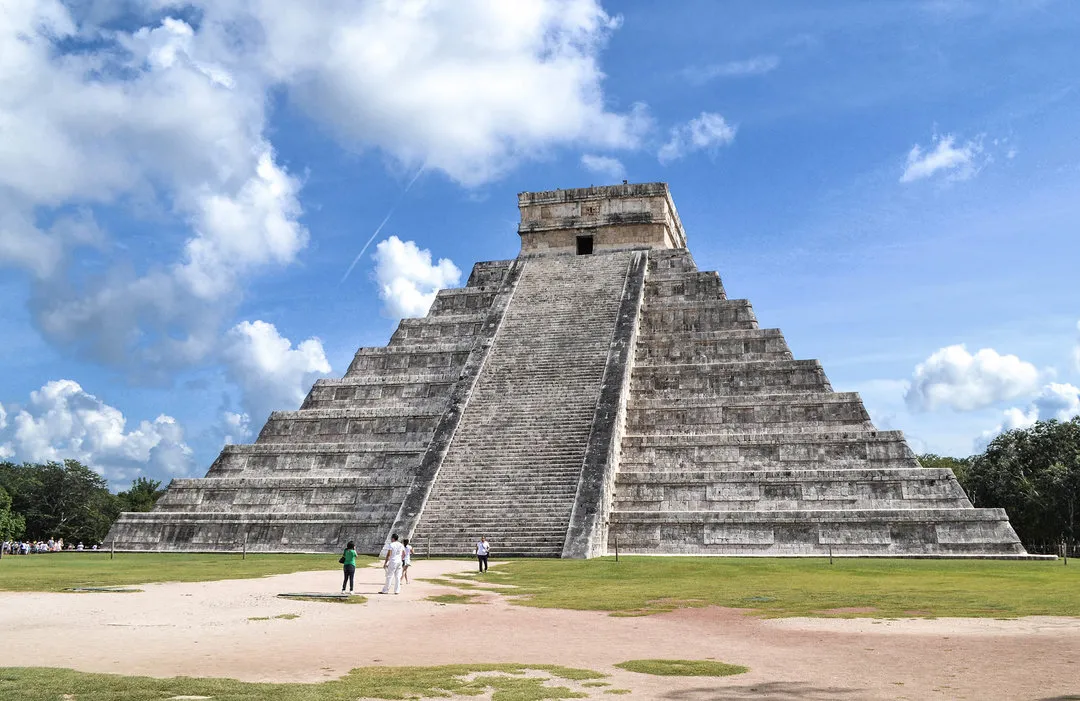
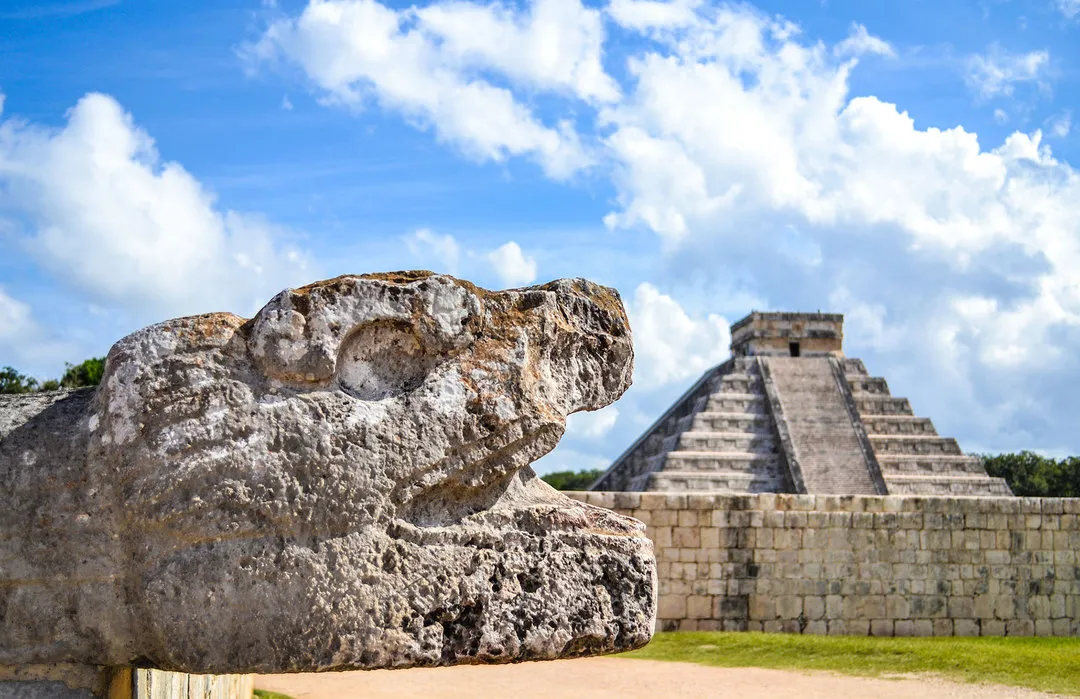
As you enter the gate, you go through the grove to the site of the ruins, the first of which you can see is the Pyramid of Kukulkán, the pyramid of Maya civilization. It was smaller than I expected, only 30 meters high, and counted as a "little man" in many Mayan pyramids. Why is it so famous? Because of some figures on it.
The pyramid shape is very regular, with a central symmetry of the form. Pyramids on all sides of the 91 steps, with the top platform, 91 × 4 +1, is the solar calendar 365 days; a total of nine pyramids, each layer is divided into two steps about stone steps, 9 × 2, just on behalf of the Maya 18 months of the Chronicle; 52 slate on each side of the pyramid, which is equivalent to 52 laps per lap of the Mayan calendar. These numbers, hidden in the architectural design, are simply an astronomical calendar.
Even more amazing is that in 1972, people will be completed after the completion of the pyramid found that: each year equinox and autumn day two days, the sun will be on the side of the pyramid to the side of the stone throwing wavy shadows, sunny part just connected to the bottom of the snake head statue As the sun moves, create a visual illusion of meandering creeps. Miracle of the perfect combination of human architecture and astronomy!
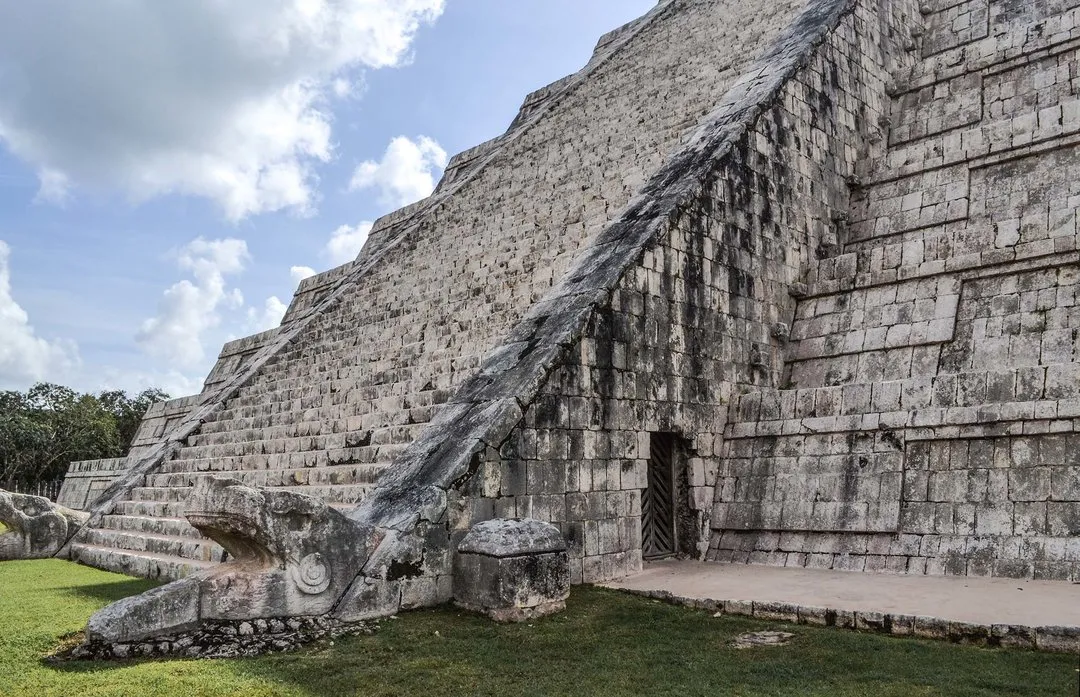
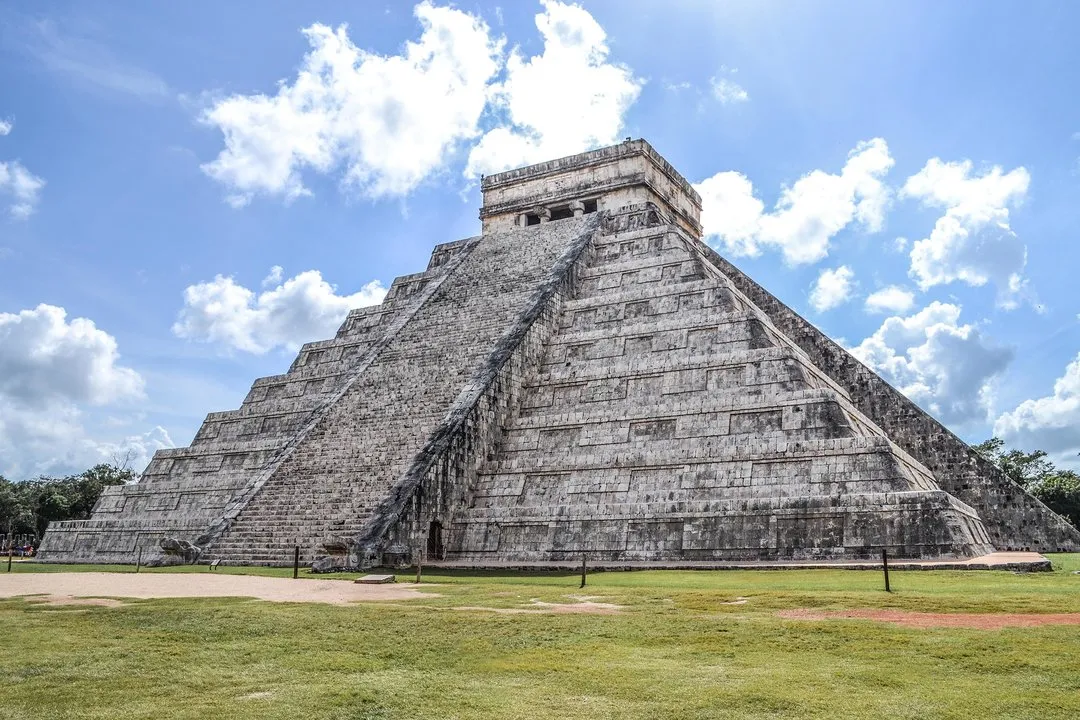
The wickets on the side of the staircase were archaeologists who opened up a small pyramid of 61 steps inside the pyramid. Most of Mexico's pyramids have undergone reconstruction of different periods, so there is often a small pyramid inside, which is very interesting. In the outer layer of the pyramid "cover" a large pyramid, seems to have become Mayan habits.
Chichen Itza was built for the Maya and was abandoned in the 9th century. The Mayas re-settled here after the 10th century but was quickly occupied by the south Toltecs, many of them including the Pyramids Is built after that, so the architectural style of the entire city is a product of the fusion of two civilizations. In the late 13th century, this prosperous city suddenly declined and was abandoned. When the Spanish conquered the Yucatan in the 16th century, Chichen Itza was already ruined.
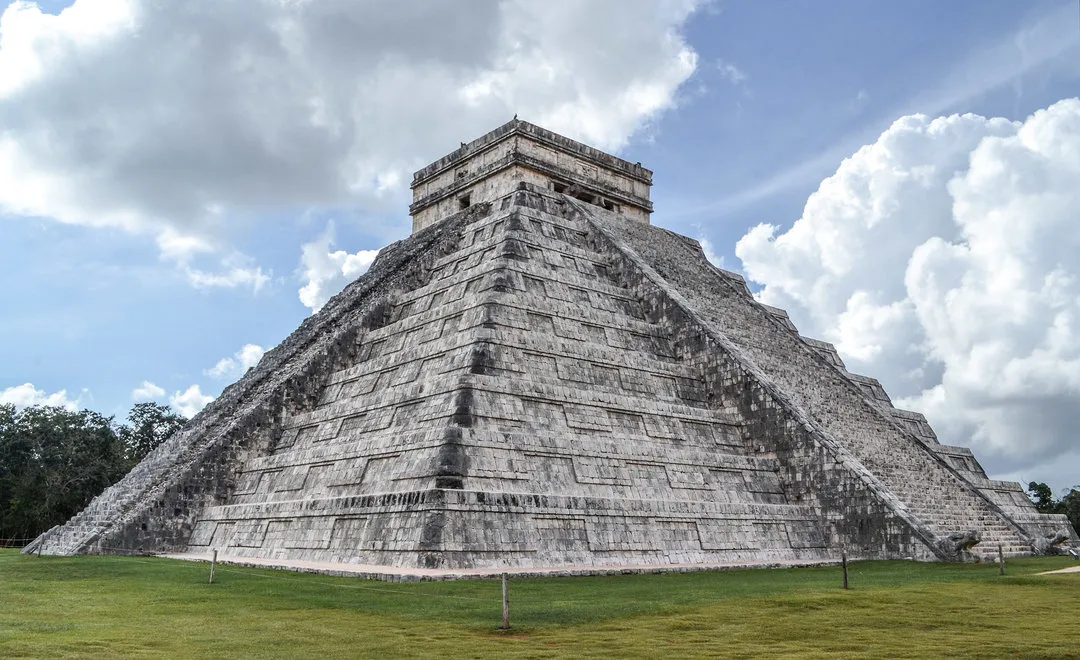
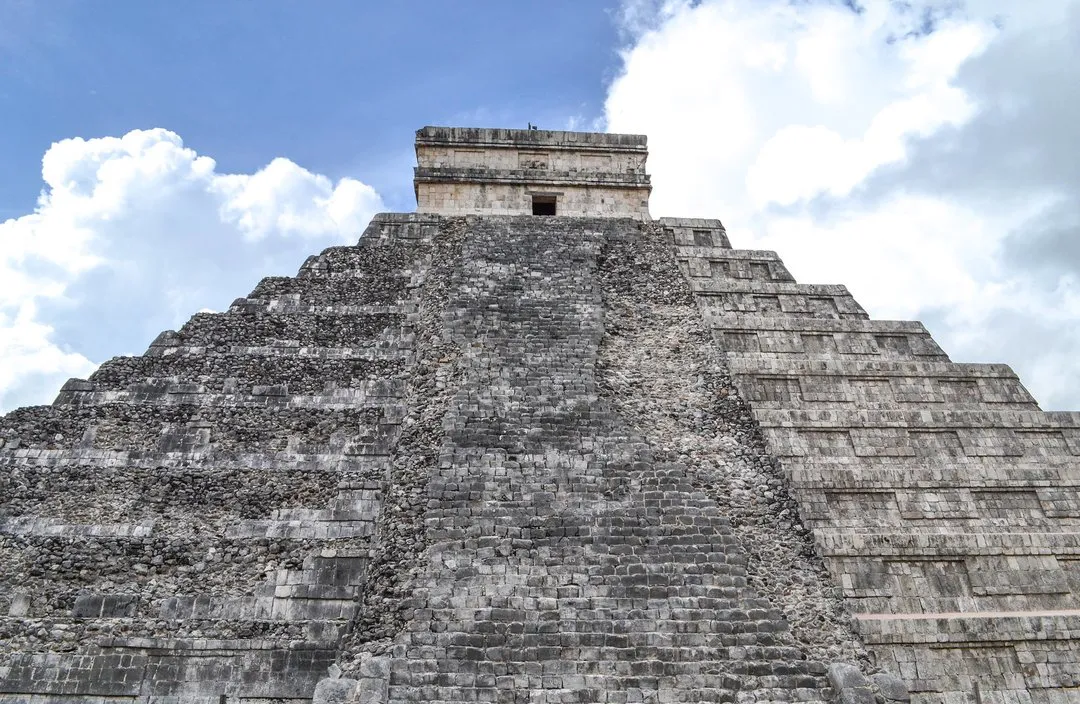
Although also known as the "pyramid," unlike the pyramidal pyramids of Egypt, the top of the pyramids in Central America are mostly flat, with a square temple on the inside, dedicated to the stele and deity totem. For example, the temple at the top of the pyramid is the red jaguar throne emerald eyes.
To the east of the pyramids is a Temple of the Warriors. Built by the Toltecs in Chichen Itza following their occupation of Tula's warrior temple in their capital. Dark clouds, this gray temple is very imposing.
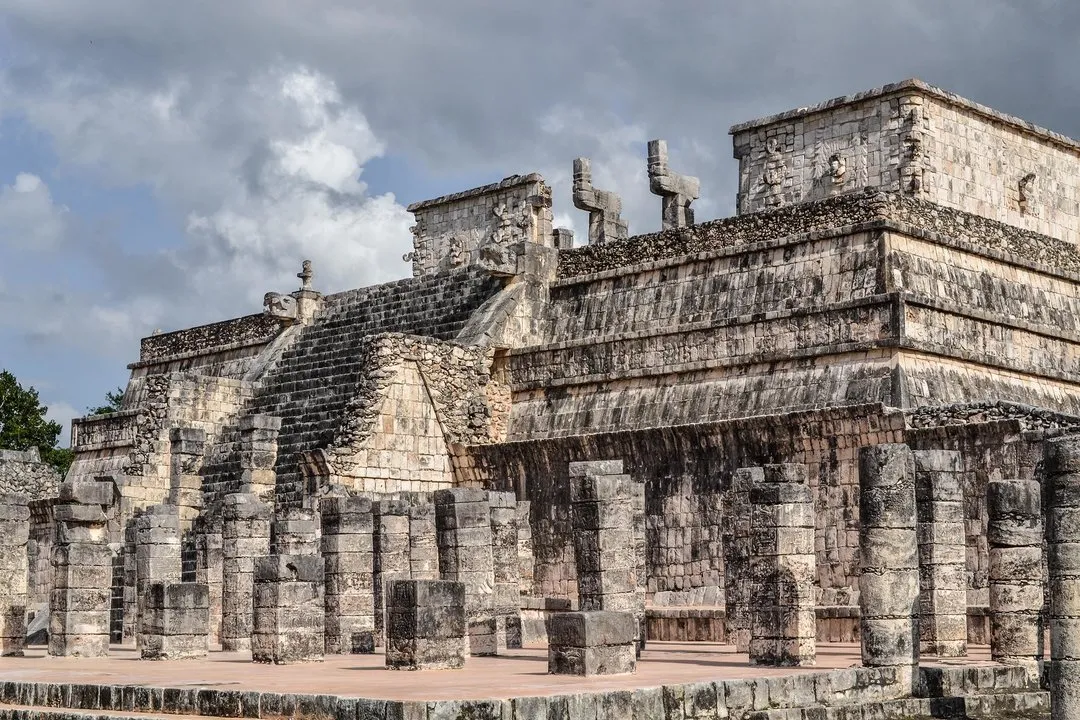
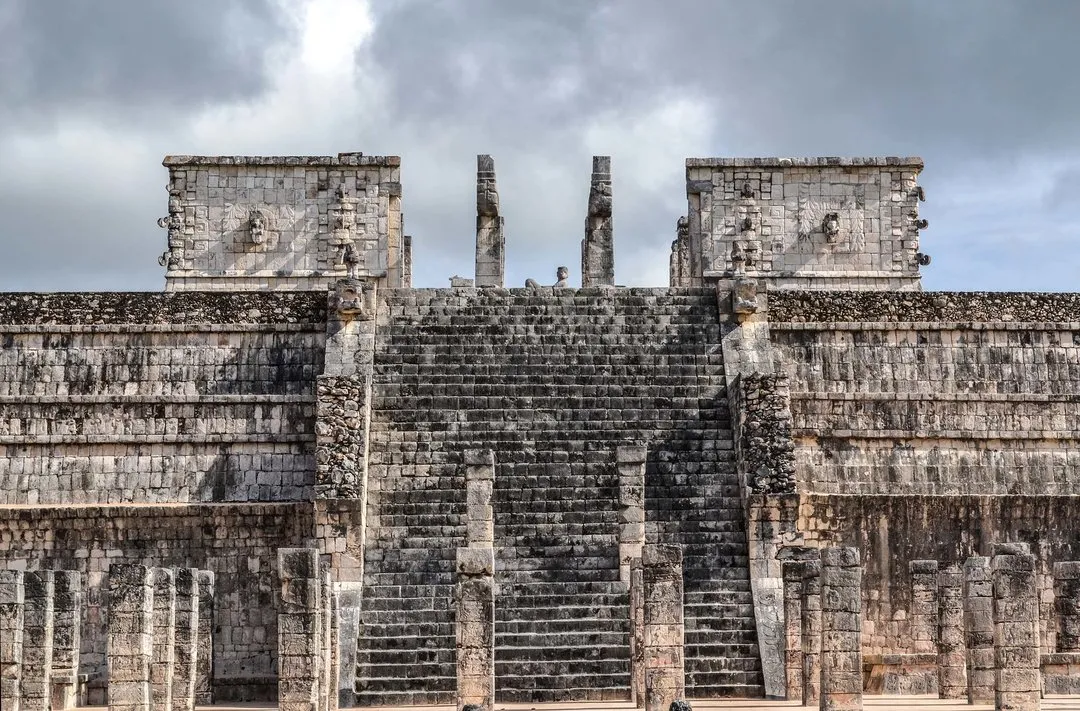
The top of the steps, there is a semi-lying stone. It was God's direction toward Chac-mool with his legs curled and his eyes on the West - the traditional death-representative, with an empty plate in his hand, Dig out the living heart!
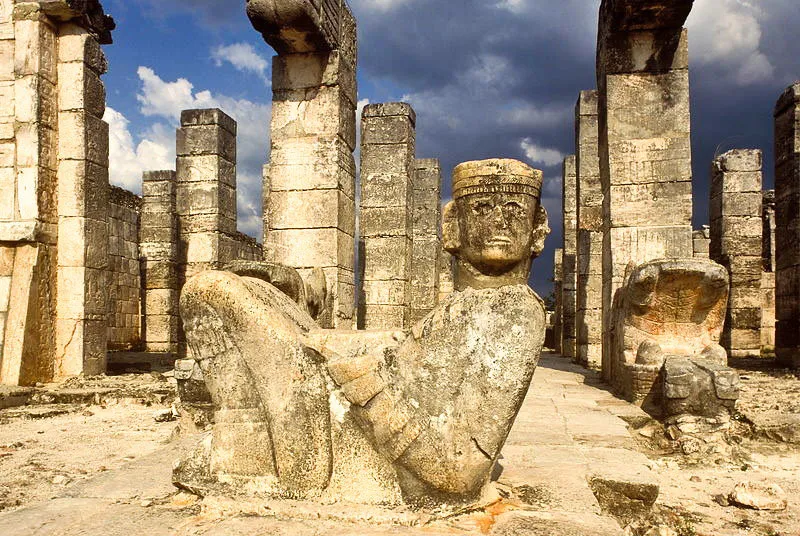
Living sacrifices as early as Mexico's oldest Olmec civilization has appeared, and later the Maya civilization, Toltec civilization have inherited this tradition, to the Aztec civilization was "carried forward" to Crazy. Every year, they sacrifice tens of thousands of living people (mainly slaves and prisoners of war), cut their chest, dredged their still beating heart and put them on God's pallets. According to the Spanish records, in a large sacrificial ceremony in 1487, more than 20,000 people were dug out of the heart of the large temple at the capital Knottittitlan. The priests piled their hearts and lifted their bodies from the towering The temple shoved down and the entire ceremony lasted for many days. As the blood continued to flow, the steps of the entire temple were dyed black and red. So the scene sounds chilling.
Why live sacrifice? Because the Aztecs believe our world is at the end of the Fifth Age. The world before it has been destroyed four times with the four suns. In order to save the fifth precious sun, the only way is to take the human heart to pay homage. They can not tell the exact time of the end of the Quaternary, but it is generally believed that this time is "very near." They did so in an attempt to postpone the advent of the doomsday. Several civilizations in Central America have similar views. It sounds very mysterious, as if from where to receive the general purpose of God.
God makes Chuck Mull's statue more than one in Chichen Itza, but most of the rest are mostly destroyed.
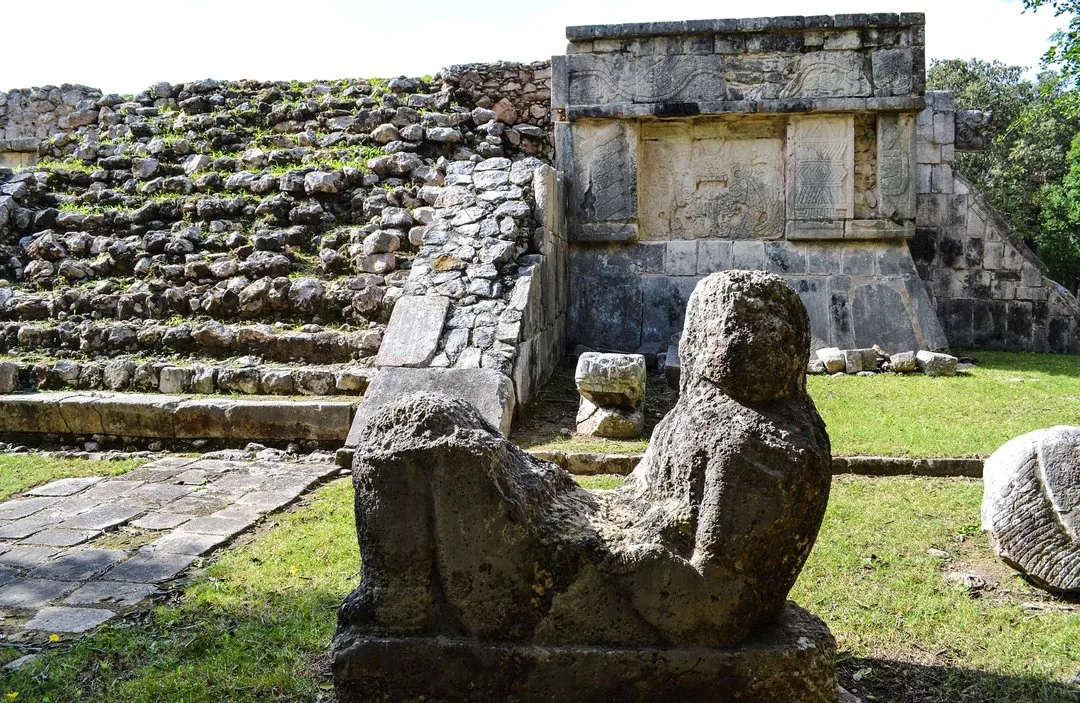
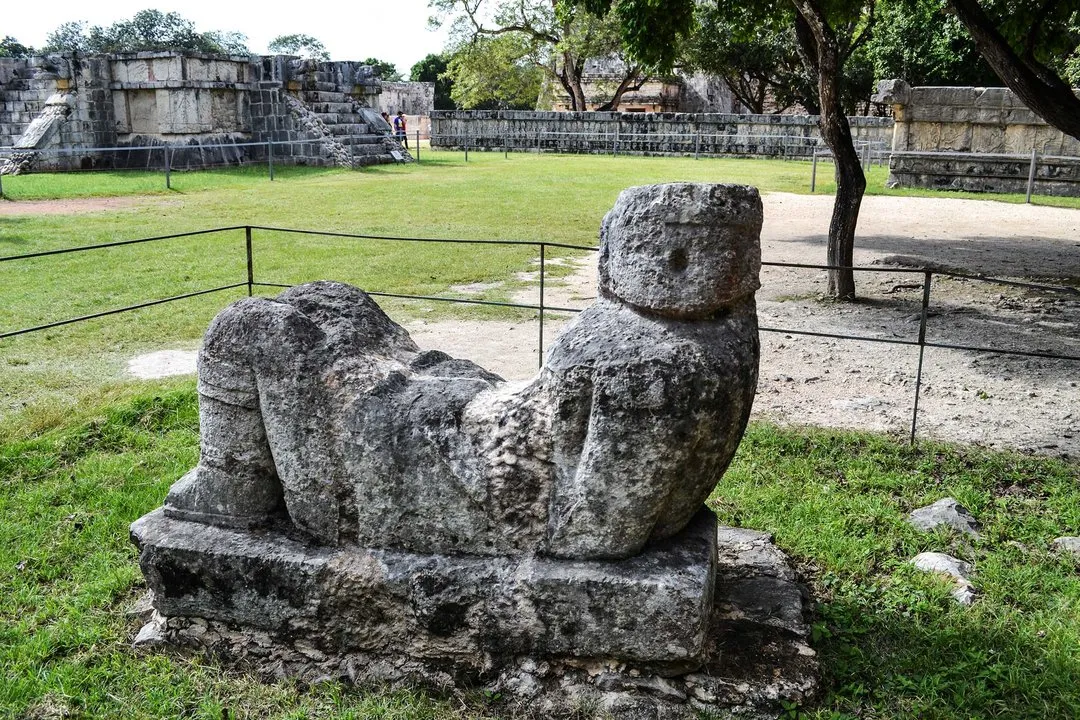
To the west of the pyramid is a huge Maya stadium (Gran Juego de Pelota). Playing football is an important Mayan entertainment, oh no, serious religious activities. The stone ring on the wall about 10 meters high from the ground, the first team to win the rubber ball into the stone ring wins. At that time, the rules can not be used hands and feet, only thighs, shoulders or buttocks touch the ball.
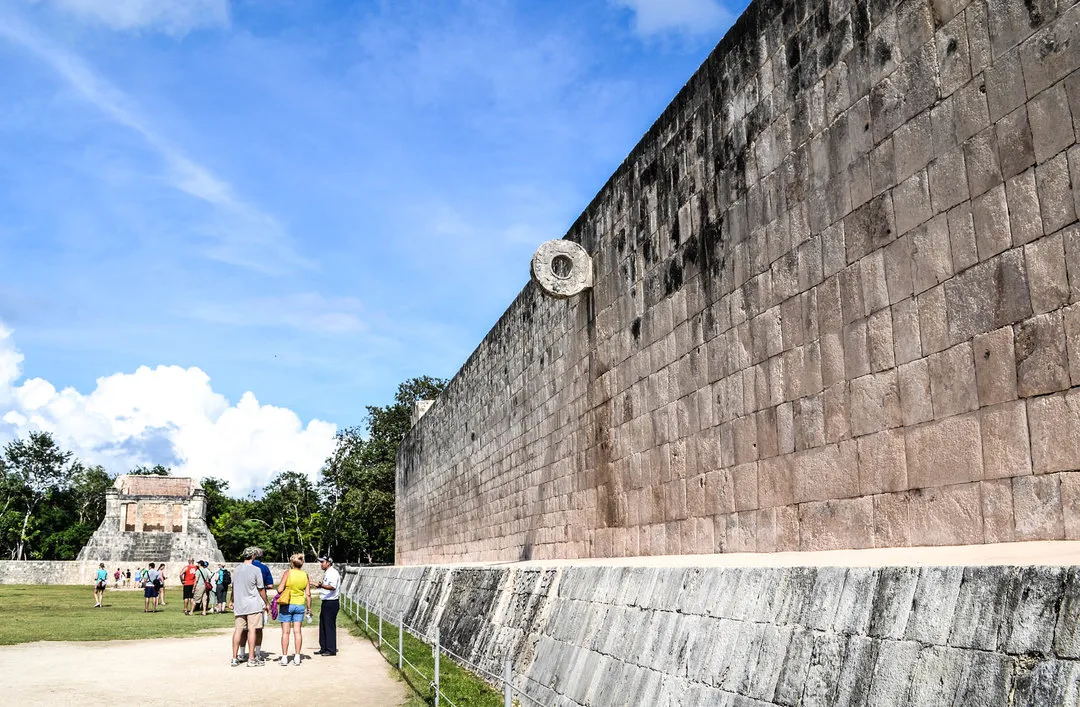
Stroll through the stadium at any time will hear the guides clapping their hands in that they are demonstrating to tourists the echo of the stadium. Echoing from the walls on all three sides, talking under the head of a leader, the sound would cross the 135-meter course and be very clear.
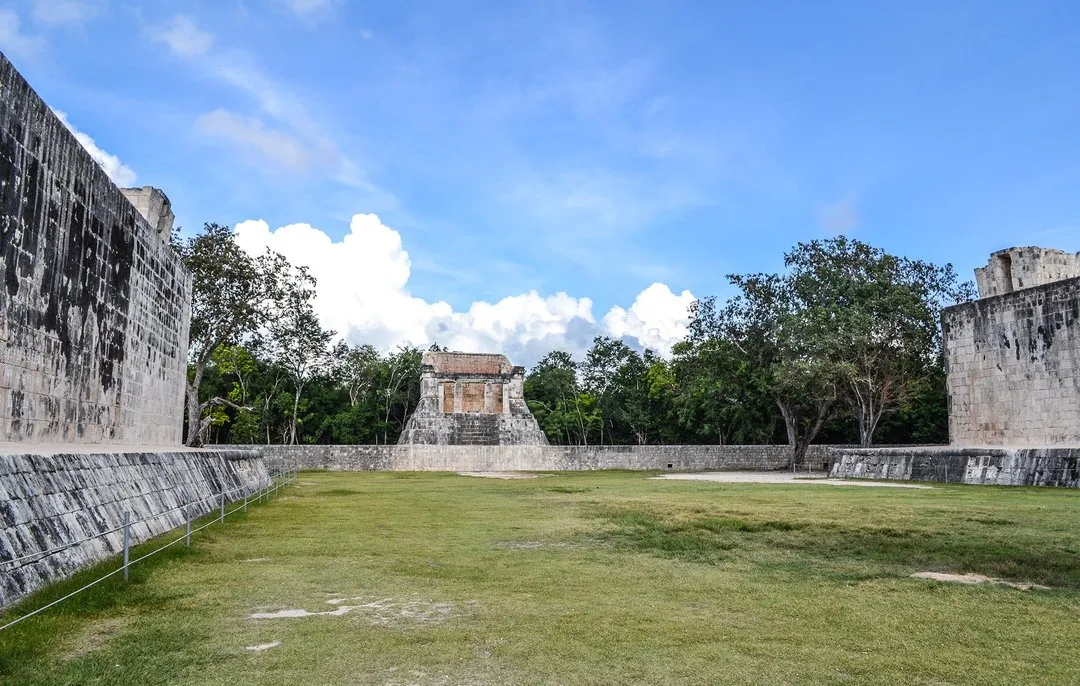
After the game, win the captain of this party glorious sacrifice, as a sacrifice to the sun god (also said that the loser is living sacrifice). The wall's wall depicts the captain's beheaded scene.

This stone platform is carved with different skulls, in fact, it is used to hold the head of the sacrifice。

Everywhere is the locals who sell handicrafts, such masks spend the day as a skilled craftsman, colored with petals and leaves of all colors, all natural.

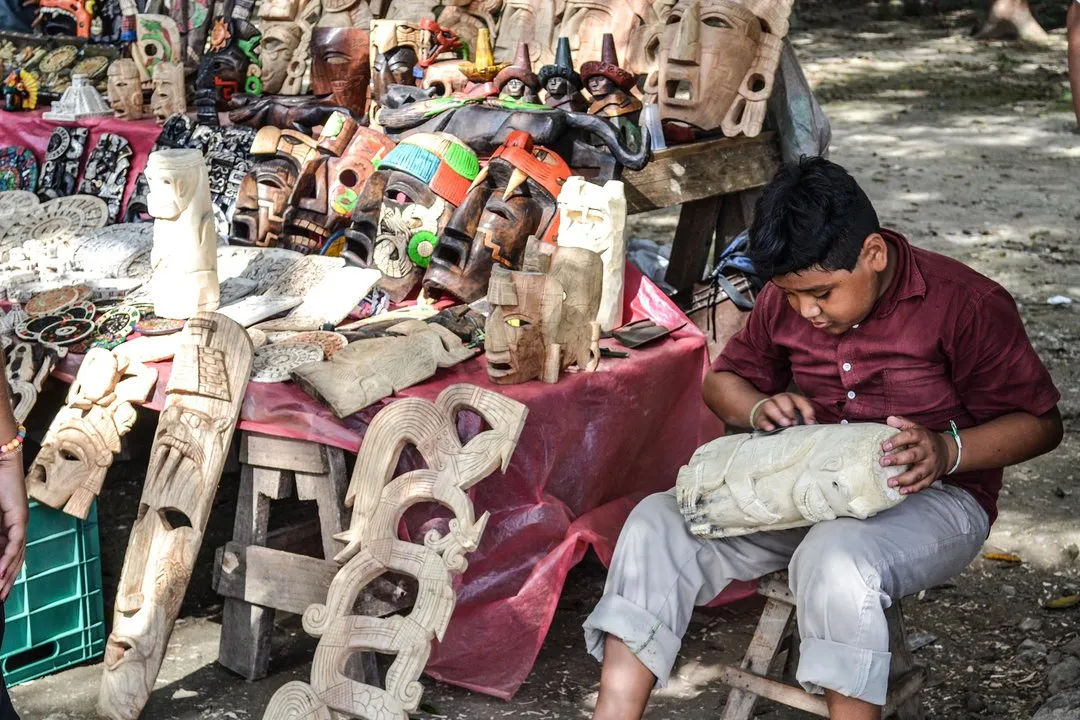
The Grupo de las Mil Columnas, so many pillars, must have had a giant ceiling.
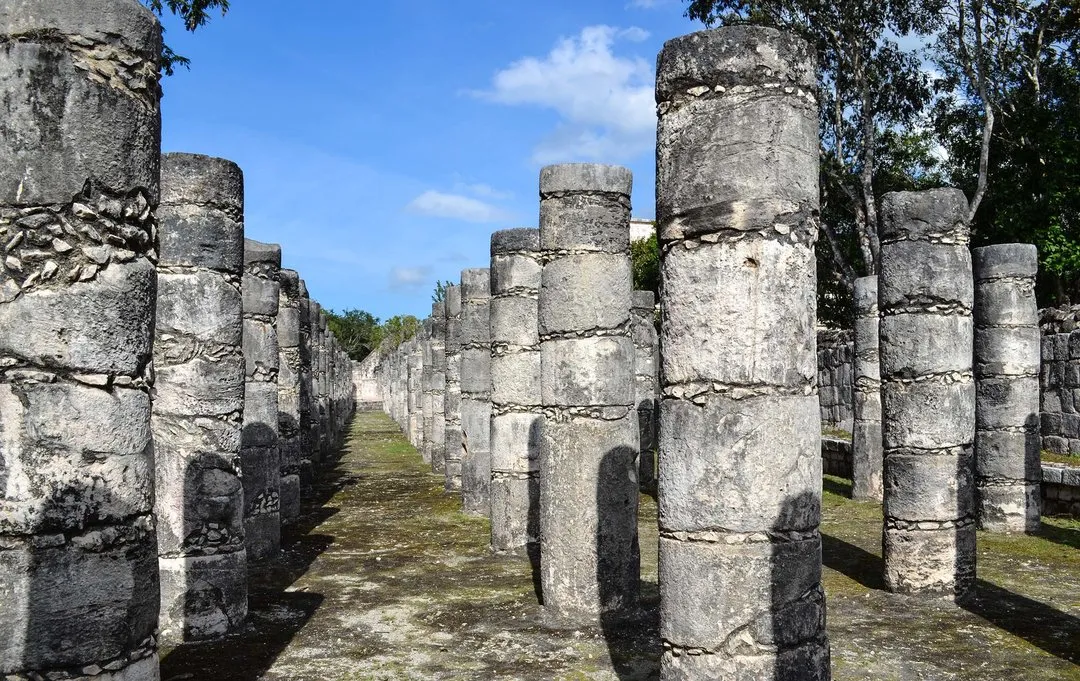
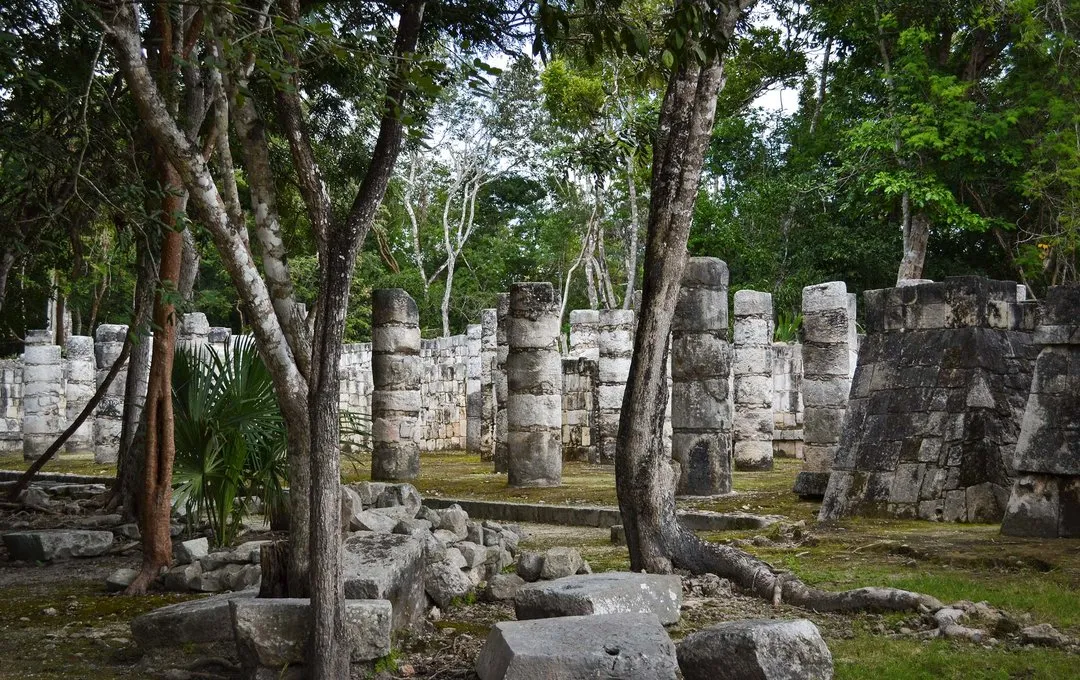
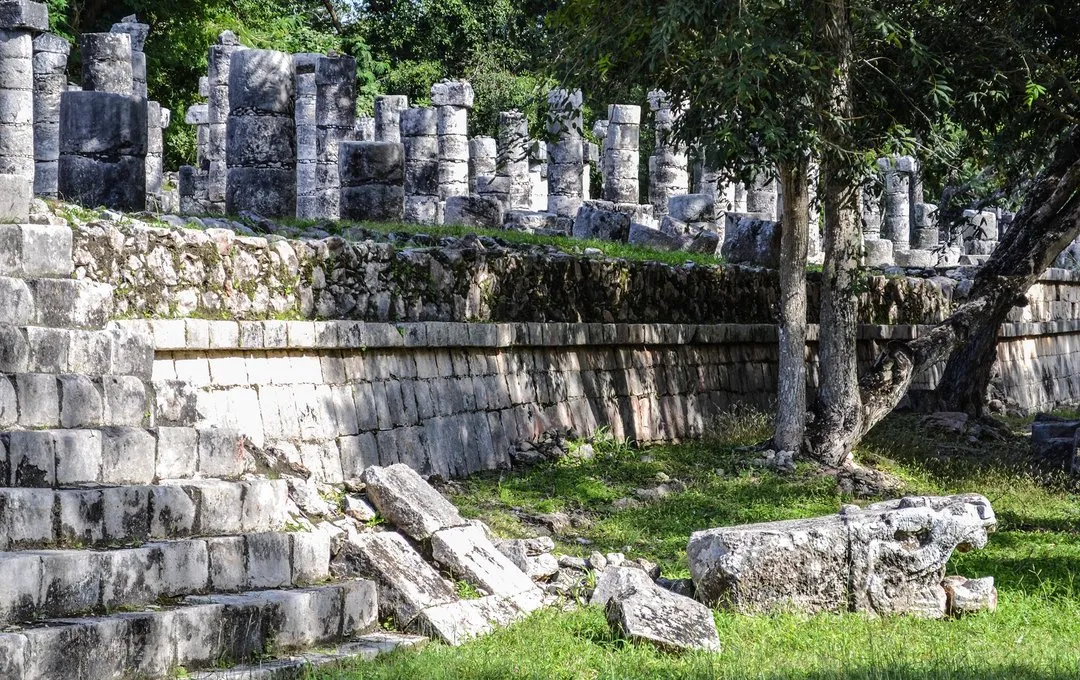
The observatory is very close to the modern observatory appearances. Obviously, after precise measurements and calculations, each small window corresponds to the position of a particular star on a given day. The priest ascends the days of religious ceremonies, ceremonies, planting and harvesting of corn on the basis of observations from the Observatory.
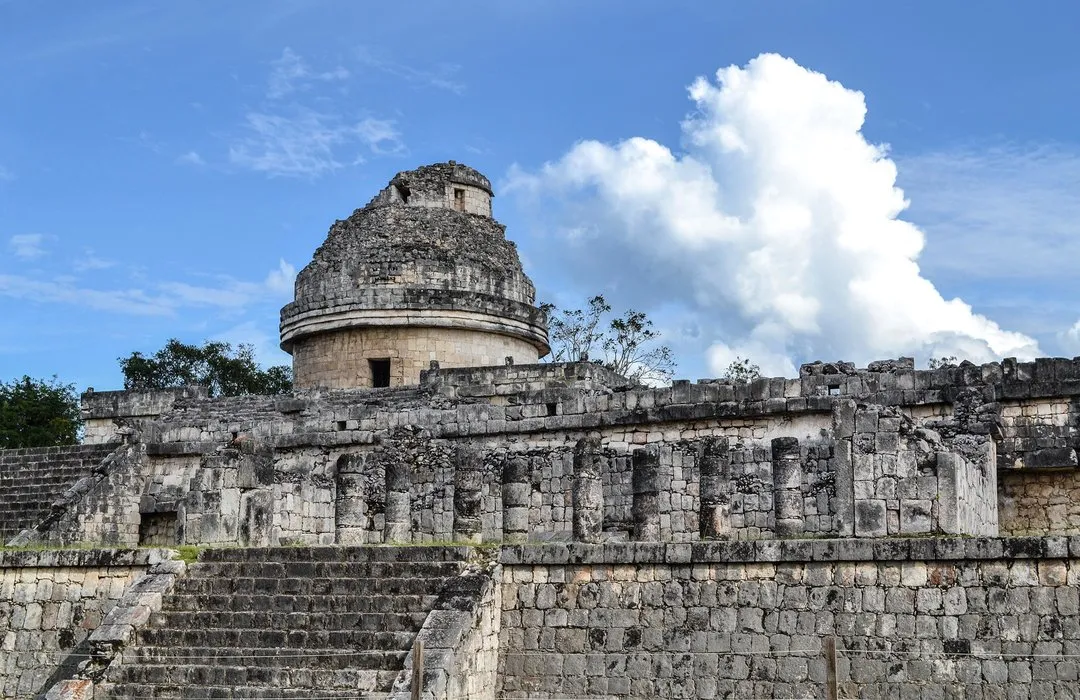
Maya people do not have the telescope, no computer, even the iron and wheels are not invented, a stone society has mastered the precise rules of the celestial bodies, had to make the modern people puzzled. Maya has two sets of calendar, the solar calendar and drow gold calendar.
The solar calendar is generally for civilian use, a bit like our lunar calendar. 365 days a year, divided into 18 months, 20 days a month, plus 5 days festival. Every 4 years to add one day. A total of 365.2420 days a year, with only 17.28 seconds modern error.
Zhuoer Jin calendar for worship and other religious activities. It is not based on the year, but on a combination of days and cycles. Each day of the dork gold calendar is marked with a Japanese name and a day. A total of 20 Japanese names and 13 days, the cycle combined to 260 days. (Previously in the university library to study the calendar of this calendar, and why there will be the end of 2012 Doomsday, free to begin with details)
Maya clinging to the study of Venus, early calculated Venus revolution period of 584 days, the modern measured value of 583.92 days, the error 0.08 days. Also observed in the Earth, the sun, Galaxy Center arranged in a straight line, every 26000 years. It was calculated that there were 405 full moons in 11960 days, which is only 0.112 days different from the data of 11959.888 measured by modern astronomy. These data are indeed accurate to the heinous.
It is a pity that the Maya only use these data for the divination war or the sacrificial date, and there is no theoretical system or method of thinking to promote the development of other disciplines nor translate into practical technologies. The entire community has always been in the farming era, so that European civilization come from behind and eventually be conquered.
The huge building was named The Nunnery (West: Las Monjas) because the Spaniards thought it was like a monastery in Europe. At that time the Spanish named a bit random, such as the observatory called "snail." In fact, this is a Mayan palace, there are numerous small rooms for the royal family to live.
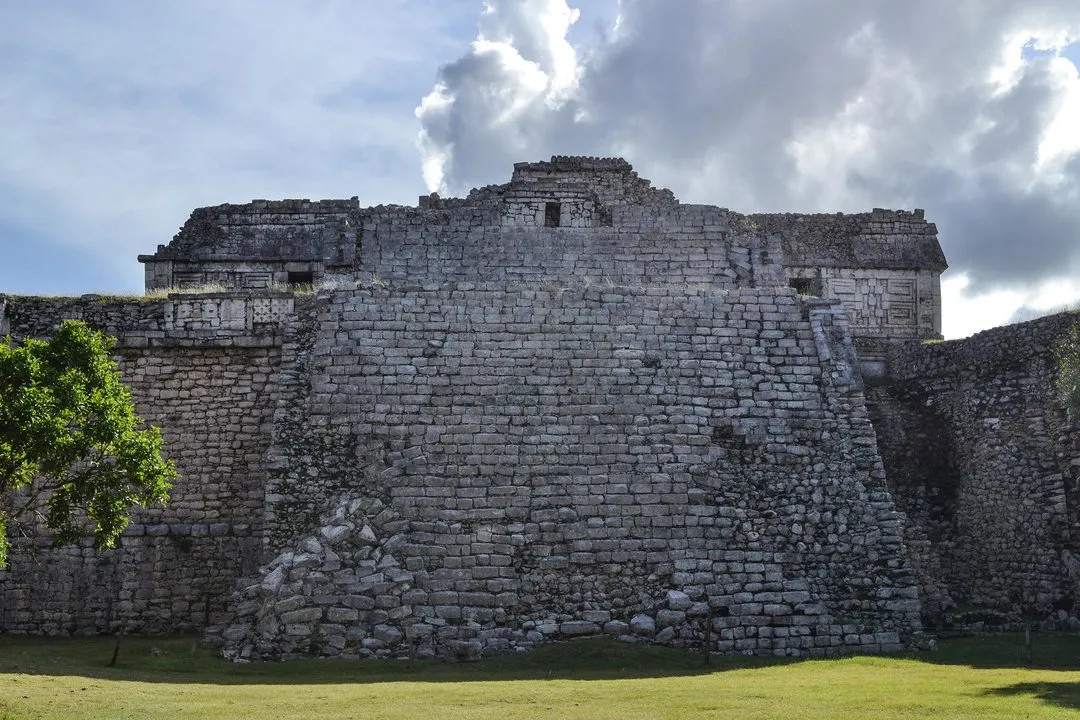
To the edge of it is a group of temples nicknamed The Church (West: La Iglesia), decorated with a long nose mask, representing the rain god Chac, a typical Uxmal style.
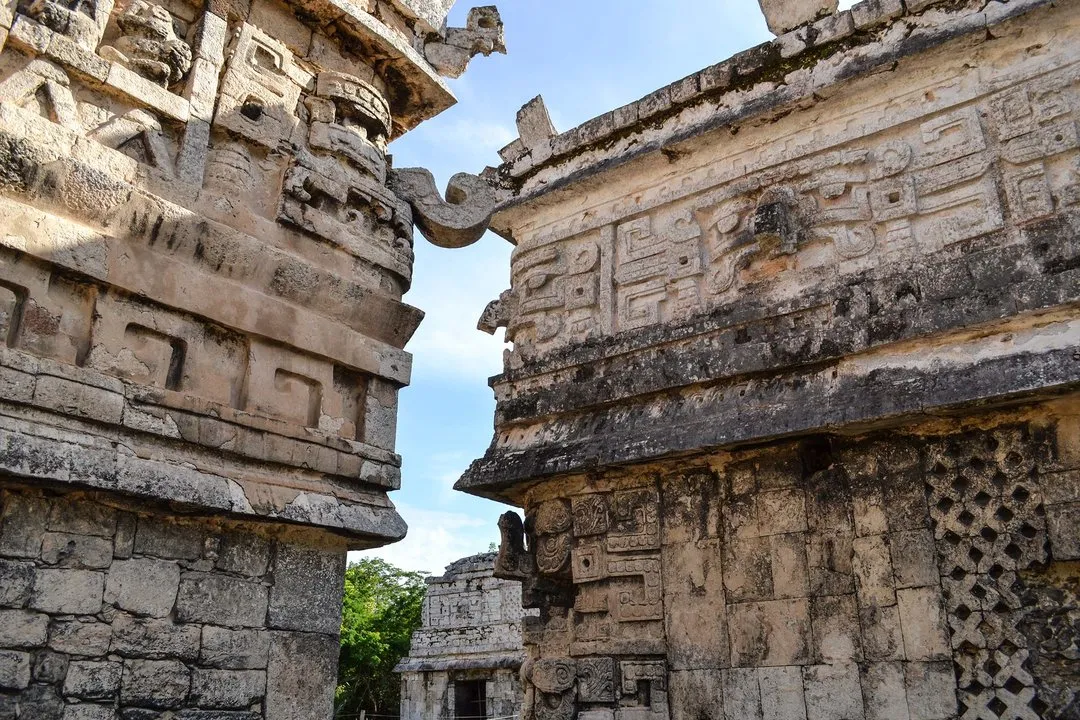
The savior who returned from the east
There are many small pyramids inside the Chichen Itza ruins, some "snakehead" statues scattered around Taki. This was originally a building element on the pyramid.
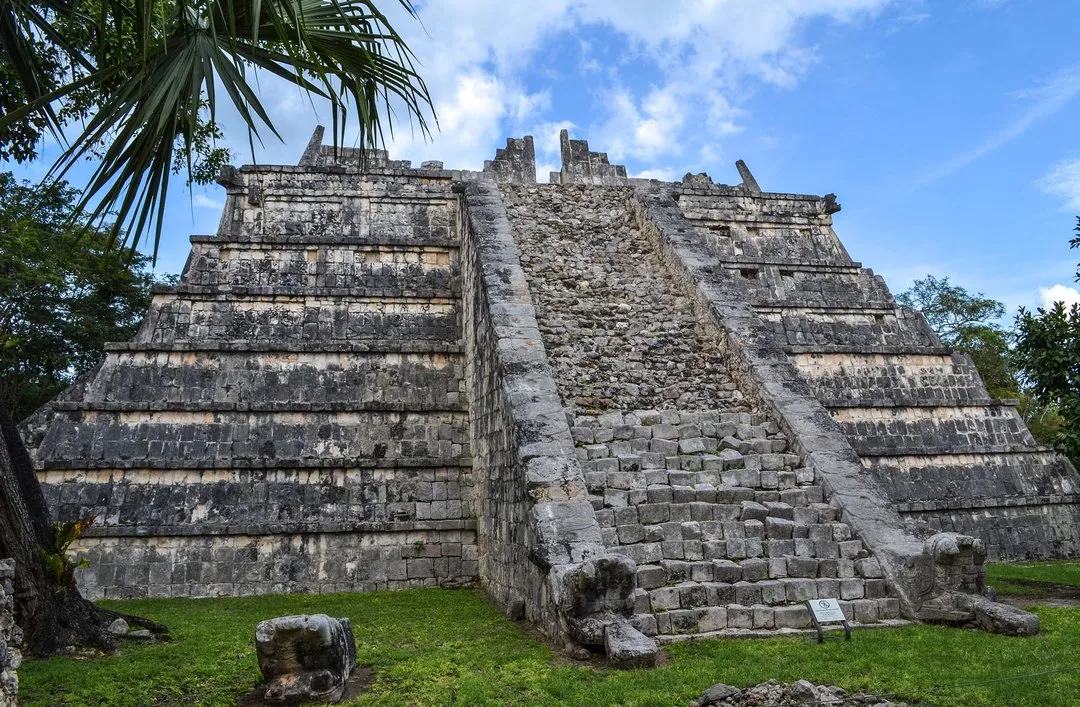
Some snakeheads are well preserved. Look closely, in fact, more like the Chinese dragon, moye cheek pattern, I do not know what kind of coincidence. However, in Central American culture this is the totem of the Quetzalcoatl, a god they commonly believe in.
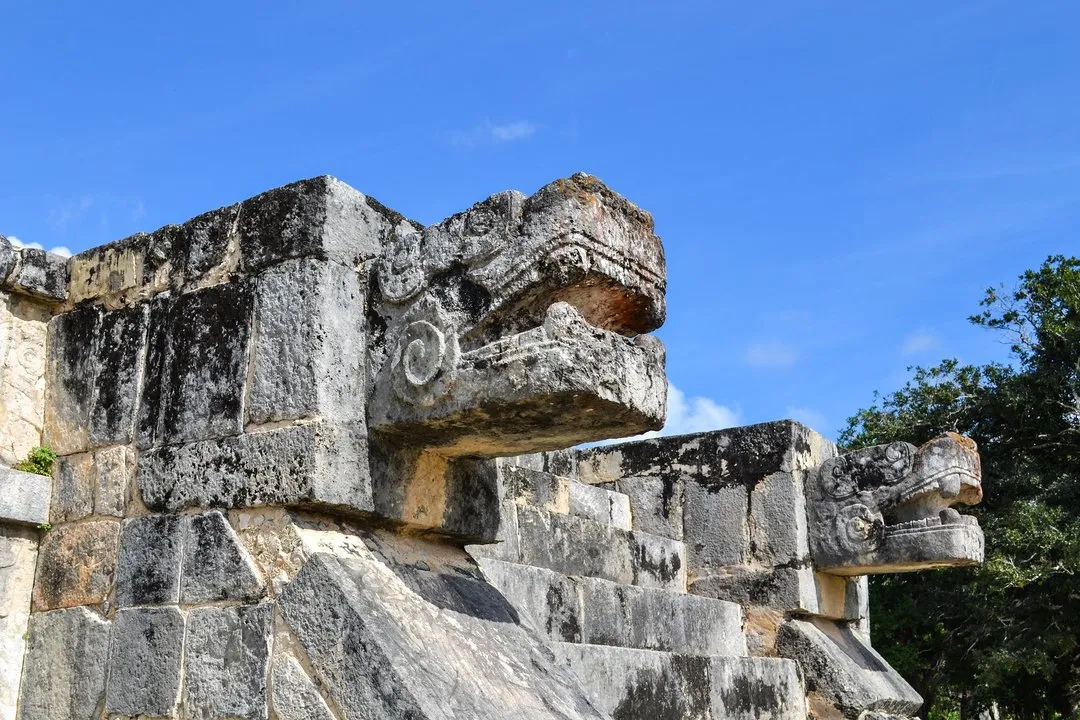
In the mythical system of civilizations in Central America, the Quetzalcoatl is in a very important position. This god was first seen in the Olmec civilization and was later inherited by the Toltecs and Aztecs as "Quetzalcóatl," while in the Maya culture, the name of the Quetzalcoatl Called "Kukulcan" Chichen Itza is the name of his great pyramid. However, no matter what the name, he is described as a "bearded, fair-skinned, tall man", and the totem is a snake with feathers. It is said that he came from the sea and taught uncivilized local knowledge of the history, architecture, medicine and farming to bring civilization and wisdom to the land of the Americas. He once opposed the sacrifice of living people and advocated the use of flowers and fruit products. He also brought the staple crop of corn, which is said to depend on the survival of the Central American people.
Thousands of myths about the half-and-a-half god Quetzidl do not seem to be purely fictional. Even the legend of South American and Inca civilization has his shadow, where his name is "Viracocha" white-skinned, blue-eyed, whiskers, tall and majestic. Many scholars think that they are actually the same person.
With regard to the whereabouts of this god, the process of the various legends is not the same, the result was unexpectedly consistent: Quetzalcoatl "drone raft" snake in the waves of the sea. Before he left, he promised to people that one day he would return from the direction of the rising sun. No one ever imagined that this word of mouth prediction eventually became one of the reasons for the rapid demise of Central American civilization.
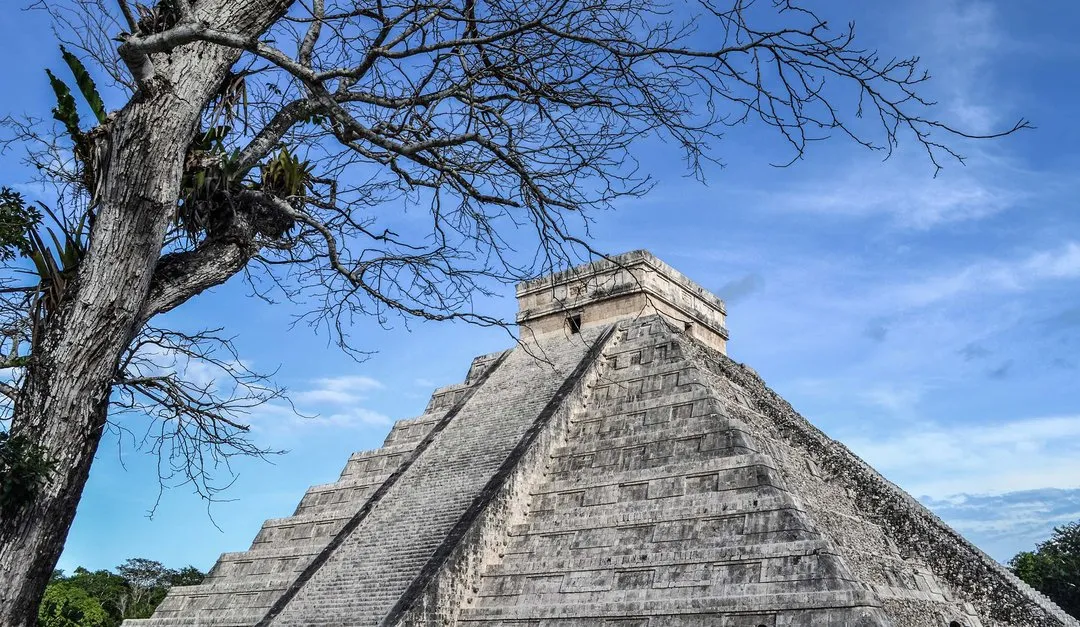
More than 1,000 years later, people really came from the eastern seaside, "white skin, tall, bearded" people, yes, they are the Spanish invaders.
At that time, the Spaniards had conquered Cuba. Diego Velázquez, then Cuban Governor, sent 550 Hernán Cortés to the Yucatan Peninsula, The Aztec Empire has millions of people. But these Spaniards, by virtue of their immense physical superiority, let Aztecs open their doors to greet their gods. In the capital, Tenochtitlan, now Mexico City, the Spanish easily destroyed the last empire in Central America, from landing the Yucatan Peninsula to breaking Tenochtitlan, just a few Hundreds spent less than four years, just as historians described it as "eradicating a culture like a passer-by at the side of a sunflower," a civilization that lasted for 2700 years.

